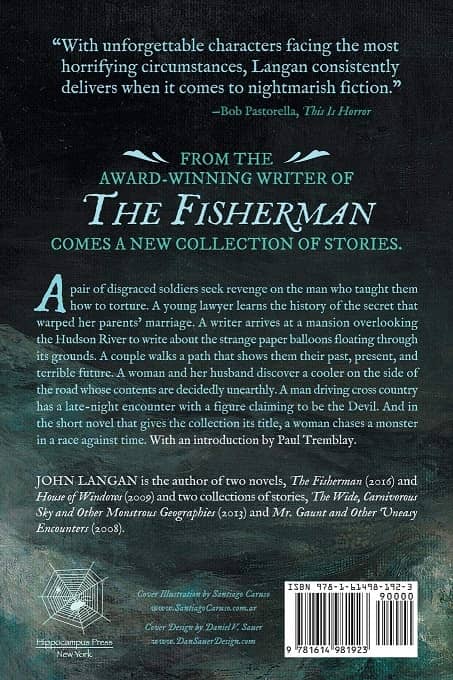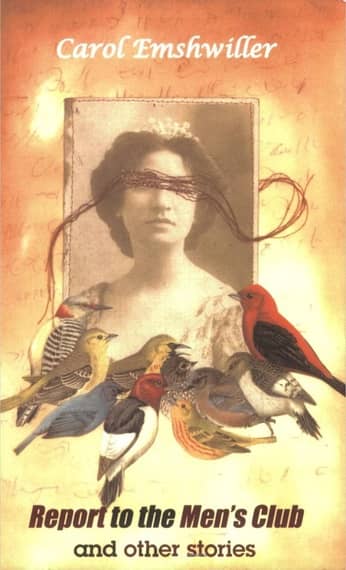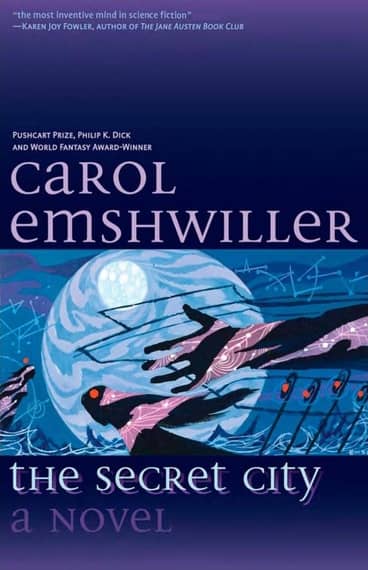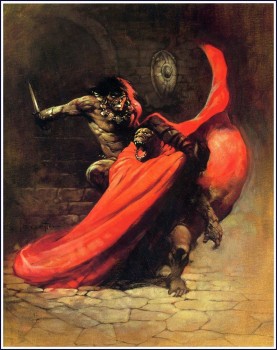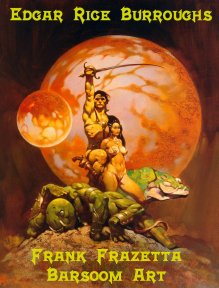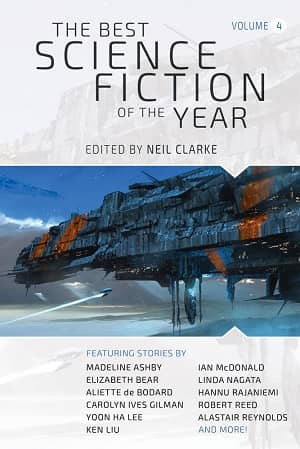A Feminist Retelling of Cinderella: Stepsister by Jennifer Donnelly
 Isabella is ugly and mean, and that’s why readers love her.
Isabella is ugly and mean, and that’s why readers love her.
She isn’t pretty. She isn’t perfect. She likes things she’s not supposed to like, such as military history, swordplay, and horseback riding. She does things she’s not supposed to do. She says what she actually thinks, rather than what men want to hear.
Isabella’s nonconformity makes her a target. Her mother tries to control everything she does, shoehorning her into the rigid mold for a marriageable young woman. Acquiring a wealthy husband is the only acceptable future her mother can imagine in this patriarchal society.
Yes, Isabella knows she’s been a real bitch to Ella, her stepsister. But Ella is beautiful, sweet, and unfailingly pleasant. She always fits in. Men are eager to give her whatever she wants, including chocolate bonbons.
When the prince comes to their house with a glass slipper, looking for his lost love, her mother coerces Isabella to cut off her toes to fit her foot into the shoe. The prince and his retinue accept Isabella as the new princess until she’s walking to the coach, when her blood gives her away. The prince sets her aside and turns to leave, when Ella bursts out of the house.
There she is – the love he was looking for.
The captain of the guard comes forward with the glass slipper, nested on a pillow. He trips on something, falls… The glass slipper shatters.
But then Ella pulls its partner out of a pocket in her dress. It goes on her foot perfectly, as we knew it would.
Reunited, the prince and his beloved climb onto the coach and ride off into the countryside.




